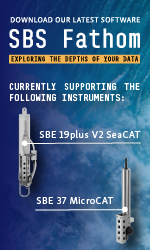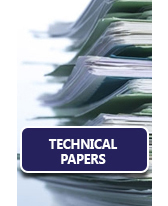- PRODUCTS
- MODEL LIST
- APPLICATIONS
- SUPPORT
- SALES/SERVICE
- BLOG
- ABOUT
SeapHOx™ V2
- Overview
- Details
- Downloads
- Accessories
- Configuration
Accurate long-term pH measurements
The SeaFET™ V2 is the next generation pH sensor, upgraded from the original SeaFET™. The sensing element is an ion sensitive field effect transistor (ISFET). This class of device has been used for pH sensing in industrial processes, food processing, clinical analysis and environmental monitoring. The advantages of the ISFET include robustness, stability and precision that make it suitable for ocean pH measurement at low pressure. The ISFET potential is measured against two separate reference electrodes: one bearing a liquid junction (internal reference) and a solid state reference electrode (external reference), providing the user with the ability to assess instrument performance and ultimately achieve a greater understanding of the state of acid/base equilibria in seawater.
The SeaFET™ V2 Ocean pH sensor has been used extensively for:
• ocean acidification research
• coral reef research
• coastal marine biology
• environmental monitoring.
Flexible operation
Internal data storage and batteries
Multiple applications
Calibrated using natural seawater




